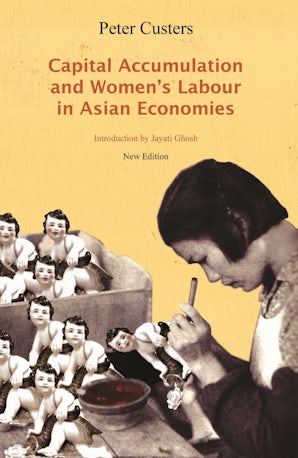Also in this issue
Books by Jayati Ghosh
Capital Accumulation and Women's Labor in Asian Economies
by Peter Custers
Introduction by Jayati Ghosh


